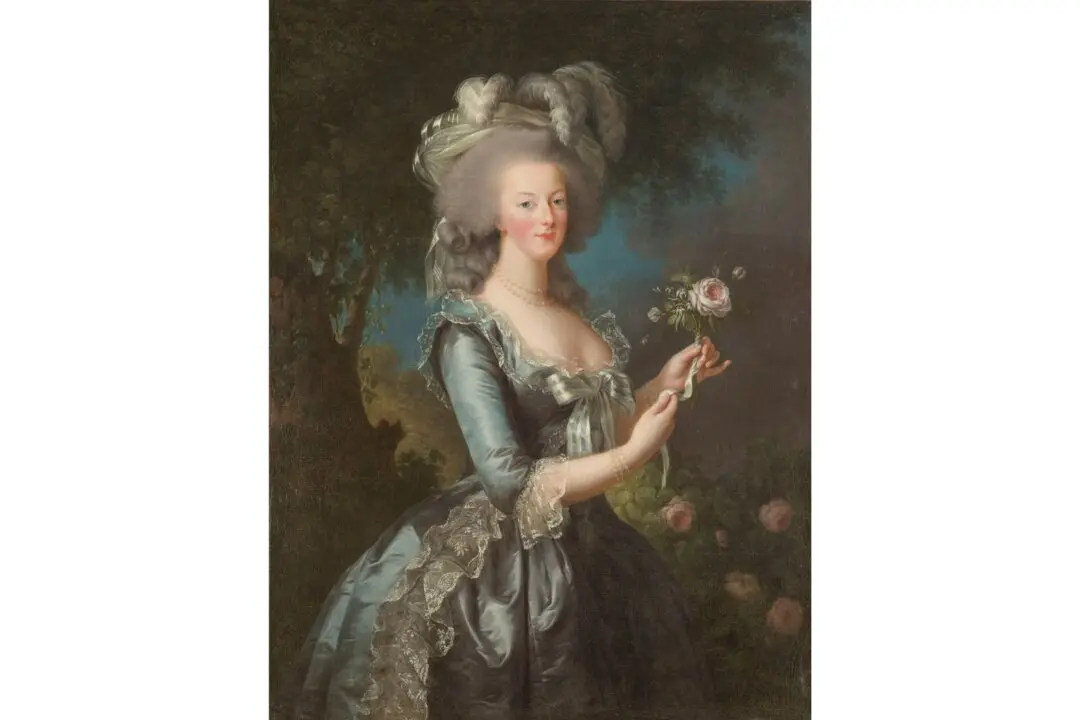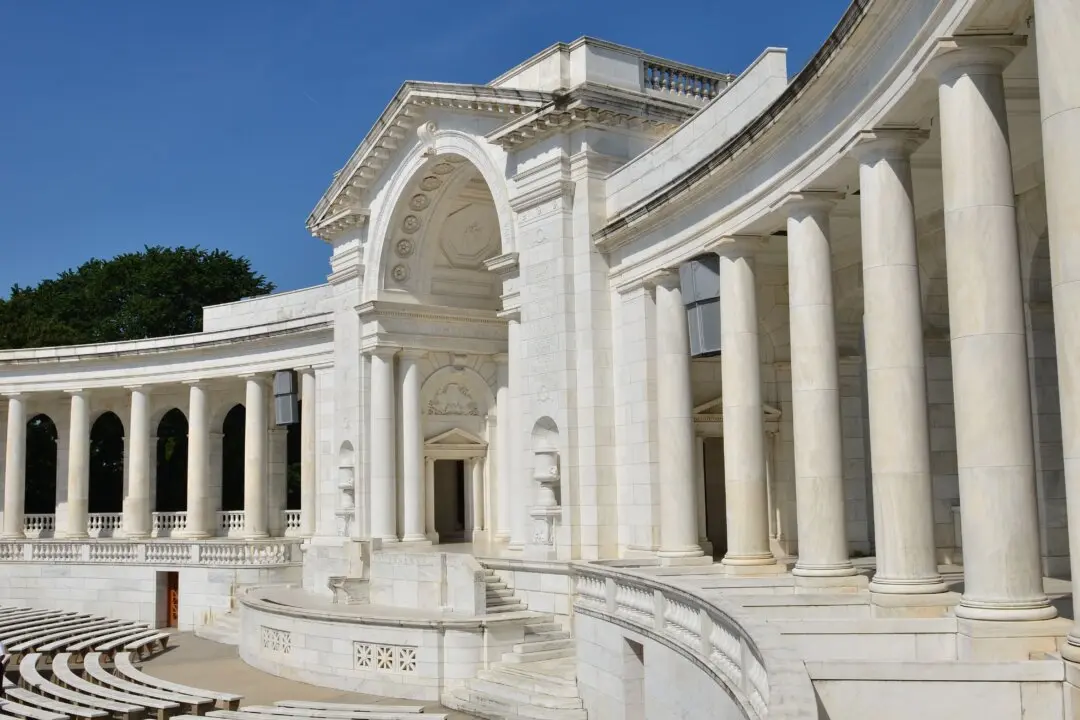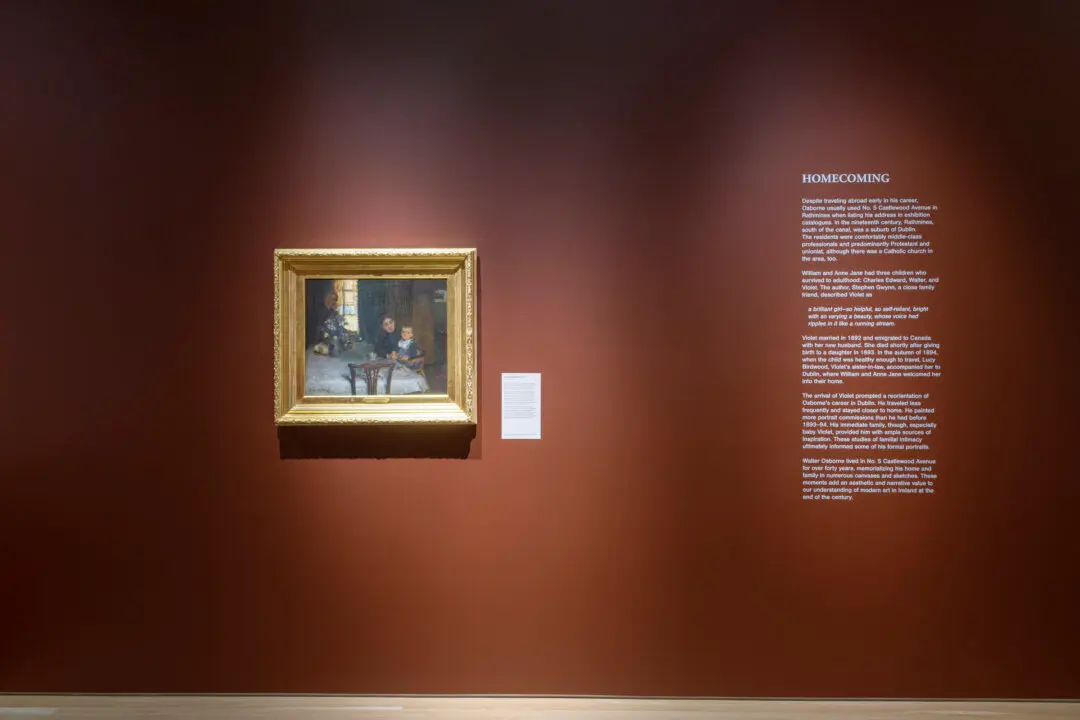At first glance, the archaeological site of Pompeii seems frozen just moments after Mount Vesuvius erupted. Yet time never stands still.
In the exhibition “Pompeii Archive: Photographs by William Wylie” at The Fralin Museum of Art at the University of Virginia, renowned American photographer William Wylie’s poignant shots reflect the ancient city of Pompeii as a living landscape rather than a historic relic. It’s a landscape juxtaposed between past and present, decay and preservation, and absence and presence.






